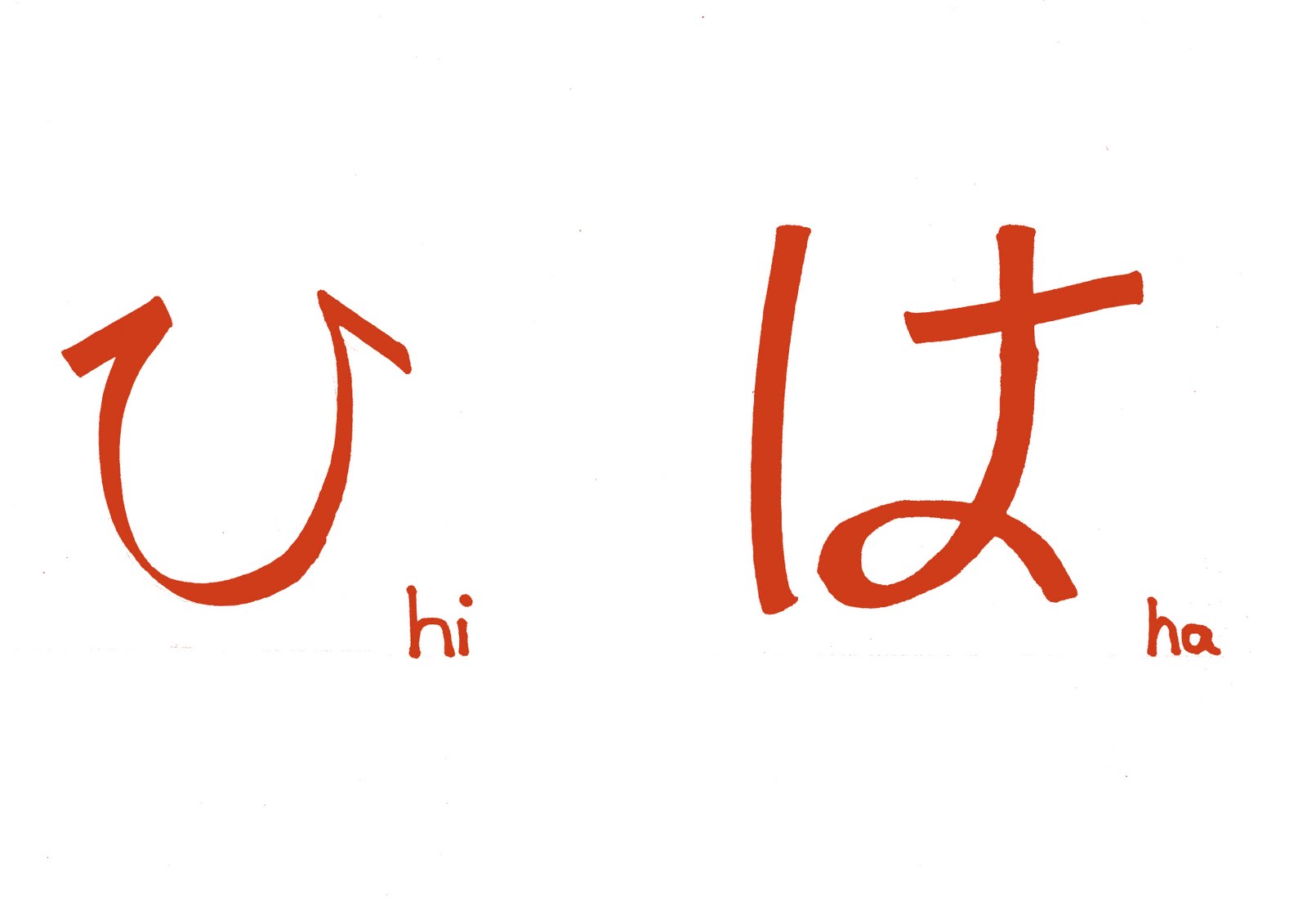

Understanding "Hi" In Japanese: A Comprehensive Guide
When it comes to greeting someone in Japanese, the word "hi" is one of the most fundamental expressions you can learn. This simple yet powerful term encapsulates the essence of Japanese culture, where respect and politeness are paramount. In this article, we will delve into the meaning, usage, and cultural significance of "hi" in Japanese communication. From formal to casual contexts, understanding how to use "hi" appropriately can enhance your interactions with native speakers.
In Japanese, greetings play a crucial role in establishing relationships and conveying respect. The word "hi" (はい) is often used to acknowledge someone's presence or as a way to affirm understanding. However, its usage goes beyond a mere greeting. It reflects the intricate social dynamics and etiquette that define Japanese culture. Throughout this article, we will explore various aspects of "hi," including its pronunciation, contexts, and alternatives that enrich your conversational skills.
Whether you are a beginner in learning the Japanese language or looking to refine your skills, mastering greetings like "hi" is essential. As we journey through this guide, you will discover not only how to say "hi" but also how to navigate the nuances of Japanese conversation. So, let's dive into the world of Japanese greetings and learn how to greet like a native!
Table of Contents
- What is "Hi" in Japanese?
- Pronunciation of "Hi"
- Cultural Significance of Greetings
- Formal vs. Informal Greetings
- Alternatives to "Hi"
- Usage in Conversation
- Common Phrases Involving "Hi"
- Conclusion
What is "Hi" in Japanese?
The word "hi" (はい) in Japanese primarily serves as a response or acknowledgment. It translates to "yes" in English and is often used to indicate agreement or understanding. In a broader sense, it can also function as a greeting when meeting someone, akin to saying "hello" in English. The versatility of "hi" makes it an essential part of everyday communication in Japan.
Usage of "Hi" in Different Contexts
While "hi" is commonly used, its application can vary based on the context:
- As a greeting when meeting someone.
- To express agreement during conversations.
- As a way to confirm understanding when someone is speaking.
Pronunciation of "Hi"
The pronunciation of "hi" in Japanese is straightforward. It is pronounced as "hai," with a long "i" sound. This pronunciation is crucial to ensure clarity in communication, as mispronouncing can lead to misunderstandings.
Phonetic Breakdown
Here’s a phonetic breakdown of the pronunciation:
- H - a soft h sound, similar to the English "h."
- AI - pronounced like "eye," extending the vowel sound.
Cultural Significance of Greetings
In Japanese culture, greetings are more than just words; they are a reflection of respect and social hierarchy. The way you greet someone can indicate your relationship with them and your understanding of Japanese etiquette. Greeting someone properly can lay the foundation for positive interactions.
The Role of Politeness
Politeness is deeply ingrained in Japanese society. Using "hi" appropriately demonstrates respect for the person you are addressing. It is essential to recognize the nuances of politeness levels in Japanese communication.
Formal vs. Informal Greetings
Understanding when to use formal or informal greetings is vital in Japanese culture. "Hi" can be used in both contexts, but the delivery and accompanying phrases may differ.
Formal Greetings
In formal settings, you might say:
- こんにちは (Konnichiwa) - Meaning "Good afternoon."
- おはようございます (Ohayou gozaimasu) - Meaning "Good morning."
Informal Greetings
In casual situations among friends or peers, you can simply use:
- やあ (Yaa) - A casual "Hey."
- こんにちは (Konnichiwa) - Can also be used informally.
Alternatives to "Hi"
While "hi" is a useful expression, there are several alternatives that can enhance your greeting repertoire in Japanese. Each expression carries its nuances and should be used in appropriate contexts.
Other Common Greetings
Here are some alternatives:
- やあ (Yaa) - Informal greeting like "Hey."
- おはよう (Ohayou) - Informal "Good morning."
- こんばんは (Konbanwa) - Meaning "Good evening."
Usage in Conversation
In conversations, "hi" serves multiple functions beyond a simple greeting. Understanding how to incorporate it into dialogue can improve your conversational skills.
Examples of "Hi" in Dialogue
Here’s how "hi" can be used in different conversational contexts:
- Person A: こんにちは! (Konnichiwa!) - "Hello!"
- Person B: はい、元気ですか? (Hai, genki desu ka?) - "Yes, I’m fine, how about you?"
Common Phrases Involving "Hi"
Incorporating "hi" into common phrases can enhance your communication skills. Here are some phrases to consider:
- はい、そうです (Hai, sou desu) - "Yes, that’s right."
- はい、お疲れ様です (Hai, otsukaresama desu) - "Yes, thank you for your hard work."
Conclusion
In conclusion, mastering the word "hi" in Japanese is more than just learning a greeting; it is about understanding the cultural context and nuances that accompany it. From formal to informal situations, knowing how to use "hi" appropriately can significantly enhance your interactions with native speakers. As you continue your journey in learning Japanese, remember that greetings are the building blocks of communication.
We encourage you to practice these greetings and explore more about Japanese culture. If you have any questions or would like to share your experiences, feel free to leave a comment below. Don’t forget to share this article with friends who are interested in learning Japanese!
Thank you for reading, and we look forward to seeing you again for more insightful articles on the Japanese language and culture!
Do Sharks Have Bones? Understanding The Unique Anatomy Of Sharks
Rio Good Girls: The Rise Of A Talented Musician
What Is A Blinker: Understanding Its Functionality And Importance

